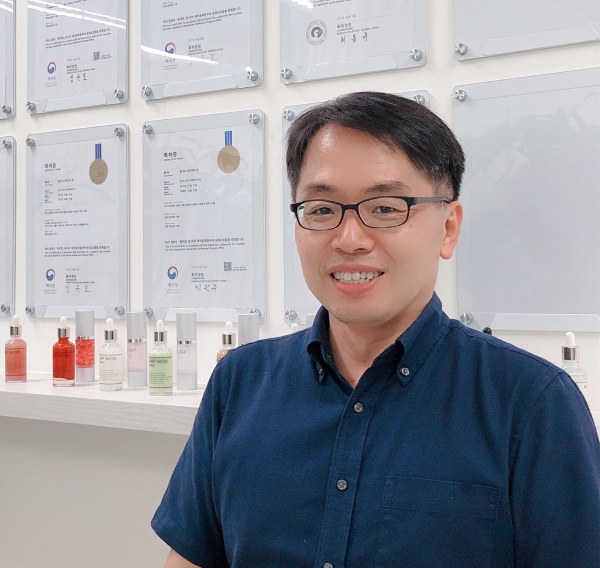
Jung, Sungwon
Director of Bio Business Department Research Center, ActivOn Corp
Jung Sung-won, head of the institute, majored in biology and microbiology at Korea University, and served as senior researcher at Amorepacific, senior researcher at CJ Life Chemistry, chief researcher at Elid, KNY Cosmetics in Shanghai, China, and as general manager of the new business department at Suzhou Anewcosmetics. He has been working as a research director of Active On Bio Business Department since 2018. Major research areas include the development of cosmetics raw materials and the efficacy of cosmetics, safety, microorganisms, and clinical studies.
Why do you need preservatives?
Preservatives are substances added to prevent microbial degeneration and are added to products such as food, cosmetics and medicines to prevent microbial growth or decay due to unwanted chemical changes. Cosmetics consist of water, oil, moisturizers, asymptotes, surfactants, and effective raw materials, and contain water and nutrients suitable for microorganisms to live in. In addition, cosmetics are easily exposed to microorganisms by using hands or other equipment, and if they are contaminated with microorganisms, they can cause corruption and deterioration of products caused by microorganisms and cause side effects on skin or safety membranes. Therefore, preservatives must be used to protect cosmetics from microorganisms for a long time [1, 2]. Preservatives are added to cosmetics and serve to protect cosmetics for a long time by suppressing the growth of microorganisms and further causing them to die out in the event of microbial contamination from the outside. Parabens used to be widely used as preservatives for cosmetics.
However, allergic reactions and scale in the body have led to possible disturbance of endocrine and problems in inducing resistant bacteria, which have recently become obsolete in domestic cosmetics [2]. As such, there is a lot of needneeds for new and safe preservatives due to the controversy over safety safety of preservatives, but it is difficult to meet the conditions for use as preservatives for cosmetics, so it takes a lot of research time and effort to develop new preservatives. In order to be used as a preservative for cosmetics, there are a wide range of antibacterial spectra, effective at low concentrations, price competitiveness, smooth supply, easy application of cosmetic formulations, as well as various conditions to be safe for skin and stable when applying products [4] (Figure 1).

The latest trends in the cosmetics industry can be summarized in eco-friendly/green, safety, and sustainability (Figure 2).
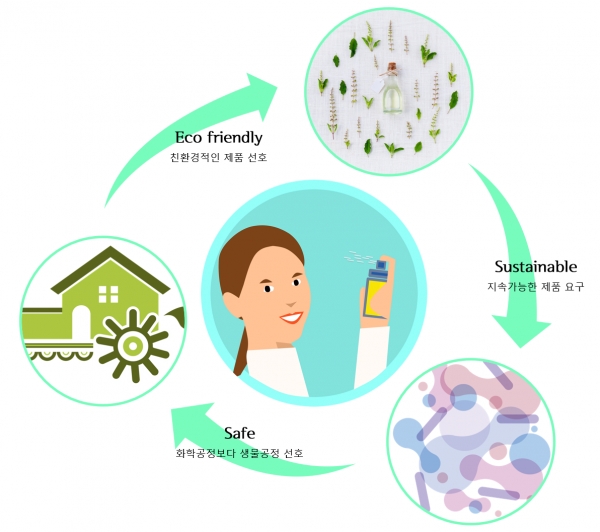
Recently, many consumers have been increasingly seeking a "smart consumption" that cares about whether the production process and raw materials of cosmetics are environmentally friendly, safe and sustainable for both skin and the environment through various information before buying cosmetics. Until early 2000, parabens were widely used as a preservative for cosmetics, but due to safety issues, they are not currently used in domestic cosmetics. With the elimination of parabens, there has been a growing demand for new preservative materials replacing parabens, and the development of "paraben-free" concept cosmetics that do not contain parabens has increased. As a result, the use of preservative materials such as penoxyethanol and ethylhexylglycerin(EHG) worldwide, including Korea, has increased(Figure 3), and the demand for "anti-preservative systems" that do not use preservative materials as well as parabens has expanded, and new anti-preservative materials has become active.
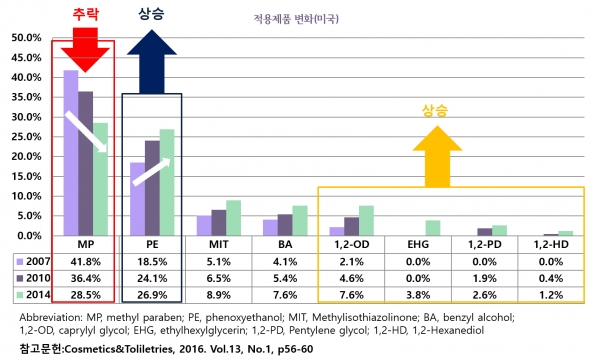
Among them, the excellent antibacterial effects of diols, R(OH)2, which were previously mainly used as moisturizers and usable agents of cosmetics, were known, and diols such as propanediol, pentylene glycol, hexanediol, and octanediol began to be widely used as preservative materials. In addition, consumers who prefer natural ingredients play a major role in the psychology, and to actively reflect them in the product, various natural plants/hub extracts, natural essential oils, and plant-derived organic products. The use of natural preservatives, such as acids, has increased (Figure 4).

What is a natural preservative?
Natural preservatives are preservative materials made from natural ingredients, such as plant/hub extracts, organic acids, and protein-like substances consisting of 30–60 amino acids from plant leaves, roots, flowers, berries, seeds, and other natural extracts [Table 1, 6, 12].
Types of natural preservatives
However, natural preservatives that have been developed so far have difficulty in commercializing due to discoloration, deformation, poor stability, narrow antibacterial spectra, problems in formulation application, lack of effective content, and high prices [1]. In response, Activation has been steadily developing natural preservative substitute materials as well as synthetic preservative materials, and natural propanediol(product name Activonol-3), natural pentylene glycol (Natural Pentylene-5) products that complement the shortcomings of conventional natural preservative materials.
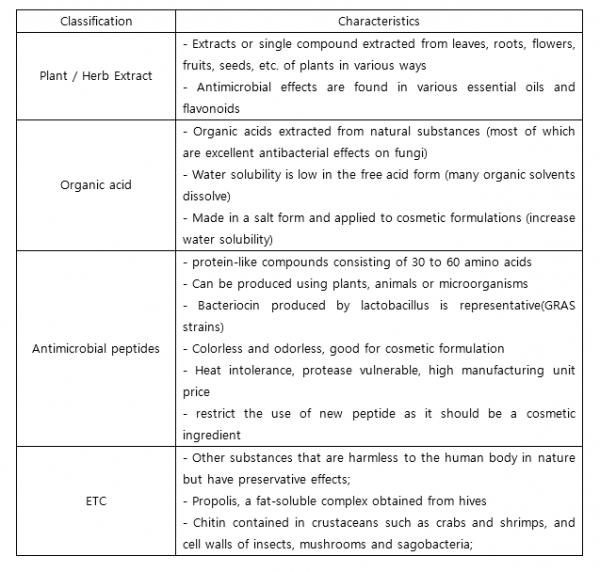
Natural propandiol and natural pentylene glycol are natural materials developed through eco-friendly processes for preservative effects and formulation application that have already been verified through synthetic diols, and are safe for skin and COSMOS certified. Natural 1,3-Propanediol(product name; Activonol-3) is a by-product of bio-diesel produced by the eco-friendly fermentation process, and is a natural preservative consistent with the recent cosmetics trend of eco-friendly eco-friendly/green safety and sustainability(5). Natural Pentyleneglycol (product name Activonol-5N) is a natural preservative that has superior antibacterial effects compared to 1,3-Propanediol and is available in many formulations, showing antibacterial effects by penetrating the bacterial cell membrane(Figure 6). Activonol GreenGCP(Glyceryl caprylate, Glyceryl undecylenate, Pentylene glycol) has a wide antibacterial spectrum for bacteria and fungi, has high preservative effects and skin irritation experiments at 2.0% concentrations.
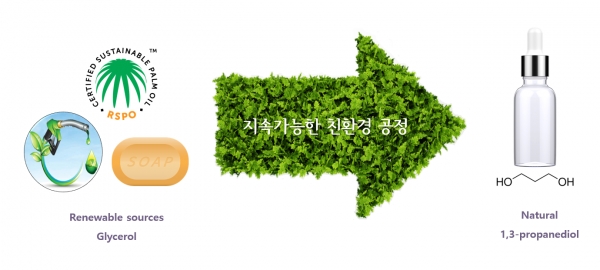

Conclusion
Despite various issues such as safety, preservatives are essential in cosmetics. In line with the latest trends such as eco-friendly/green, safety, and sustainability, safer and more eco-friendly natural preservatives continue to be developed, but it is difficult to commercialize natural preservatives that fully meet the conditions as cosmetics preservatives. In response, Activation Co., Ltd. has developed natural propandiol, natural pentandiol, and natural preservative material "Activonol Green-GCP" to compensate for the shortcomings of existing natural preservative materials.

